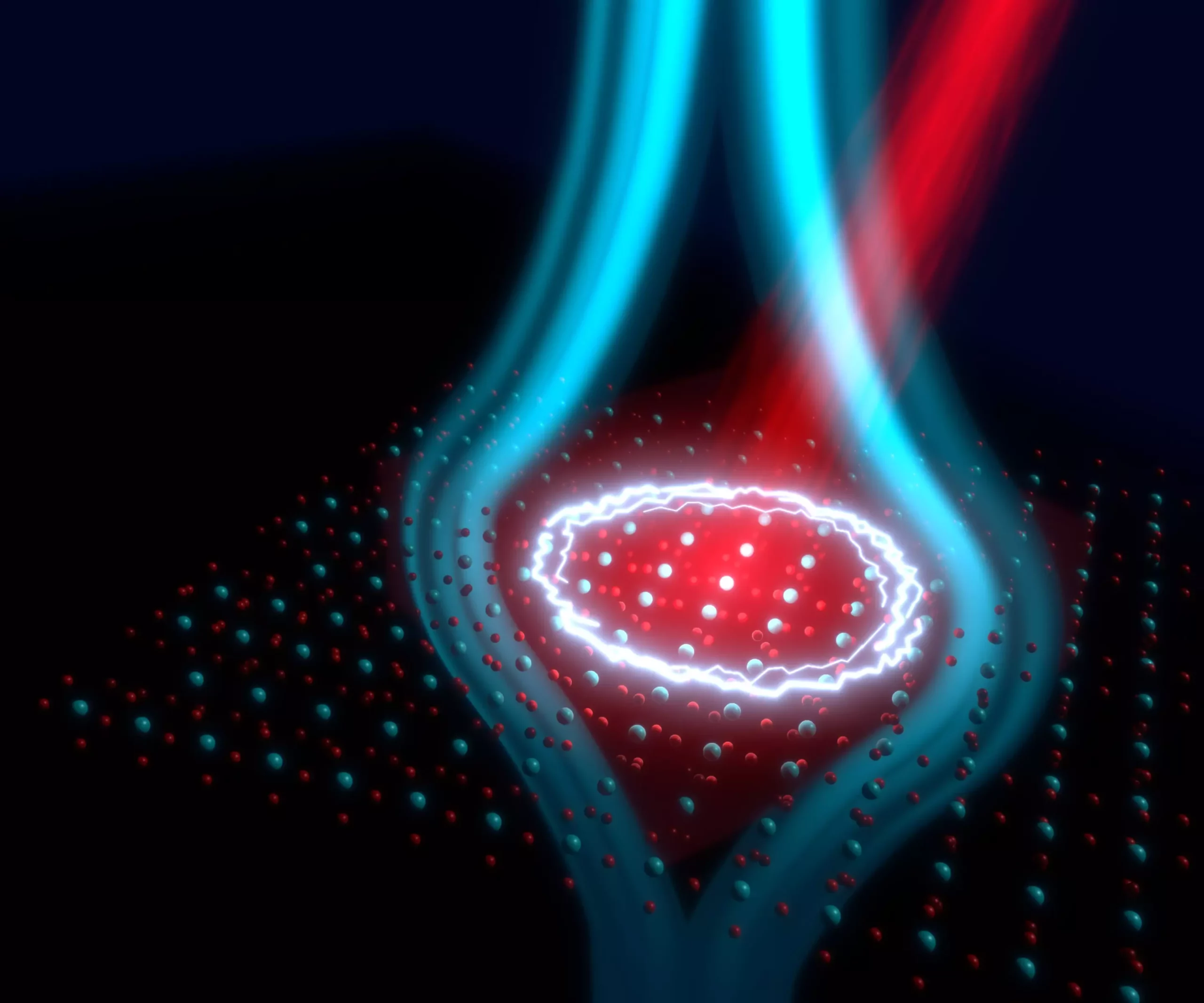Superconductivity remains one of the most extraordinary phenomena in modern physics, where materials allow electrical currents to flow indefinitely without resistance. This complex state arises from quantum mechanical principles at ultra-low temperatures, making its practical applications limited yet profoundly fascinating. The pursuit of uncovering superconductive behavior beyond traditional constraints has propelled researchers into the realm of non-equilibrium states. Here, scientists explore the prospect of superconductivity at ambient temperatures, creating potential pathways to revolutionary technology.
Light-Induced Superconductivity
Recent research has brought to light a concept known as “light-induced superconductivity,” showcasing how specific materials can exhibit superconducting properties when subjected to laser pulses. This innovative approach opens doors to applications that diverge from those imagined for conventional superconductors. Rather than relying solely on temperature modifications, the dynamic interaction between light and materials could lead to high-speed electronic devices that utilize lasers for operation. This novel phenomenon draws a tantalizing parallel to equilibrium superconductivity but challenges established notions about how superconductivity can be harnessed.
A Breakthrough Experiment
A breakthrough from the Max Planck Institute for the Structure and Dynamics of Matter illustrates how much progress has been made on this intriguing frontier. Under the leadership of Andrea Cavalleri, researchers have utilized advanced experimental frameworks to scrutinize light-induced superconductivity in YBa2Cu3O6+x—a material traditionally restricted to superconducting behavior only at frigid temperatures near -200 degrees Celsius. The fundamental breakthrough lies in their ability to detect the expulsion of magnetic fields, akin to the Meissner effect observed in equilibrium superconductors—yet with an intriguing twist.
By employing a strategy of placing a spectator crystal adjacent to the material, the research team could gauge local magnetic fields with extraordinary sensitivity and temporal resolution. This revelation unpacks an exciting dimension of superconductivity that many may overlook, as fleeting phenomena at the scale of picoseconds now come under investigative scrutiny. The implications of understanding these rapid processes are significant not only for foundational physics but also for the future of superconductive technology.
Measuring Magnetic Properties
Despite their realization of near-zero electrical resistance, measuring the Meissner effect in laser-induced superconductivity posed formidable challenges. The transient nature of this state, persisting for mere picoseconds, made conventional magnetic field measurements insufficient. However, this recent study harnesses cutting-edge optical techniques to reconstruct the magnetic field evolution surrounding YBa2Cu3O6.48 at astonishing speeds, revealing an intricate tapestry of superconducting properties in conditions typically thought unreachable.
According to Sebastian Fava, a key author of the published findings, the critical observation of static magnetic field expulsion highlights synchrony between light excitation and superconductivity. This interplay suggests that laser-pulse-induced measures might be closer to practical room-temperature superconductivity than previously anticipated. Such dynamics not only challenge our understanding of complex material states but also urge the scientific community to reevaluate the frameworks through which they perceive superconducting behavior.
A Glimpse into the Future
The research contributes to a growing narrative in the field of condensed matter physics—the idea that fluctuating superconducting orders may be manipulated by tailored light pulses, potentially leading to a synchronized superconducting state. This notion transcends mere theoretical musings; it represents an avenue where quantum materials can be engineered towards practical applications at much higher temperatures than traditionally feasible.
Additionally, co-author Michele Buzzi emphasizes that the light-induced superconducting state exhibits magnetic properties comparable to those of equilibrium conditions, further emphasizing the potential for utilizing non-equilibrium states to elevate superconductive materials closer to operational conditions in everyday technology.
As the scientific landscape evolves, these studies provide essential benchmarks for ongoing theories of light-induced superconductivity. With unanswered questions regarding the microscopic origins of this phenomenon, the insights gleaned from this research may well illuminate pathways for unlocking the next generation of quantum materials, setting the stage for extraordinary developments in energy transmission, storage, and beyond. The electric excitement around these discoveries signals a transformation of our relationship with superconductivity, driving us toward a world where room-temperature superconductors may no longer be a distant dream.


Leave a Reply